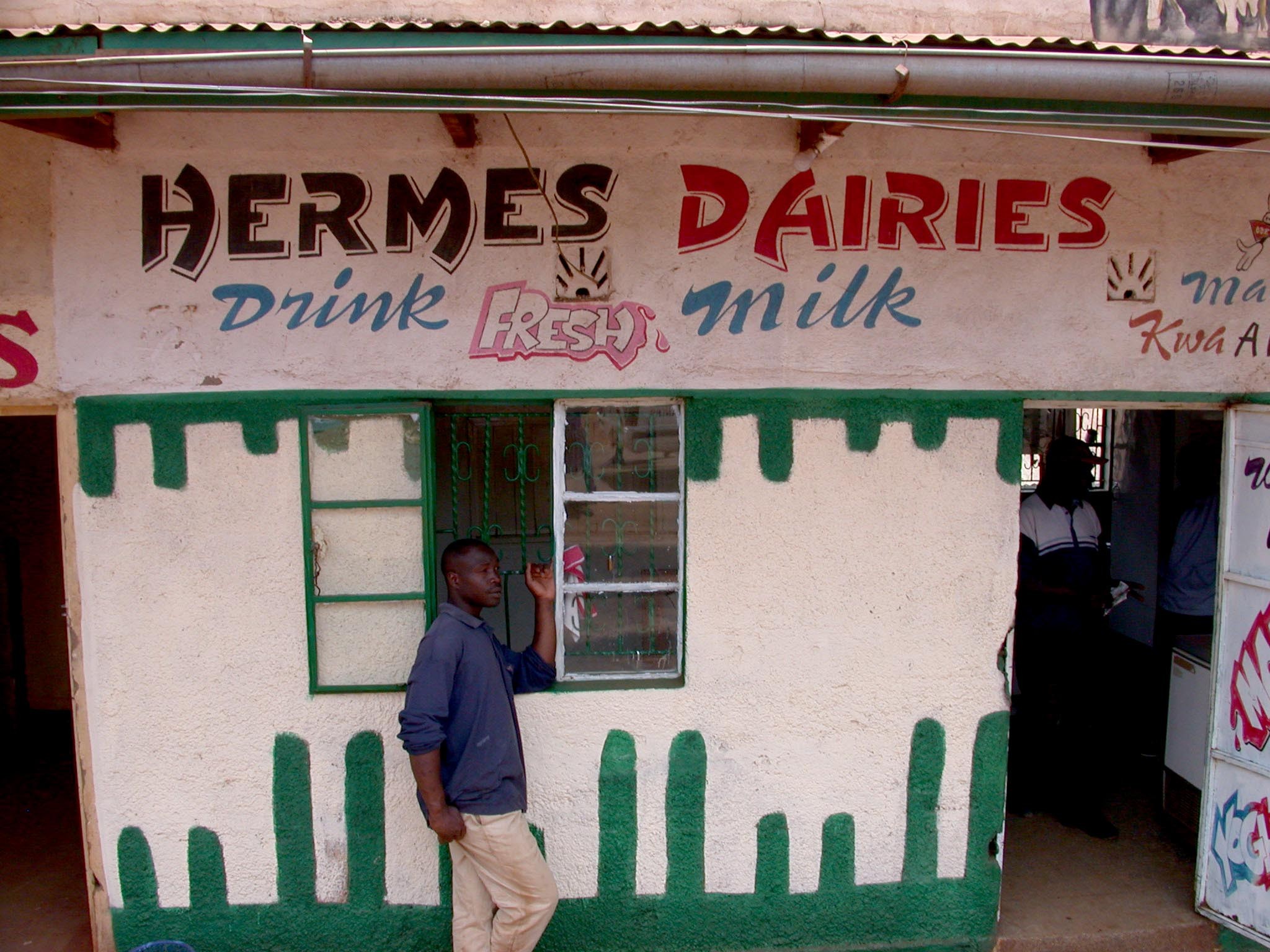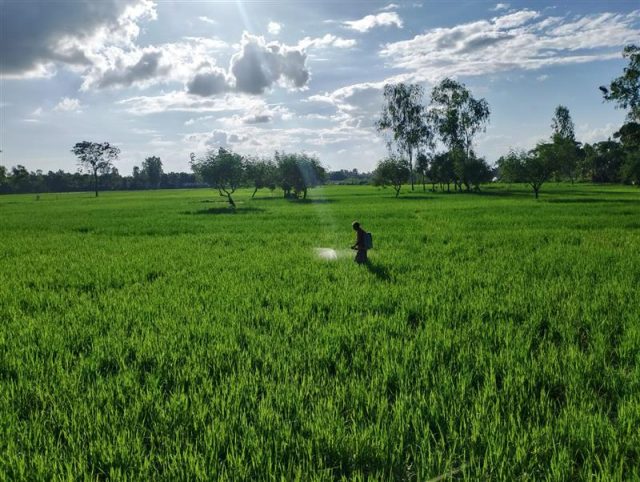Dairy consumption in East Africa: Study examines impact of dairy on diet quality
-
From
CGIAR Initiative on Sustainable Healthy Diets
-
Published on
10.06.24
- Impact Area

Dairy foods have many benefits for diets and nutrition, especially for young children, but dairy consumption remains relatively low in many developing countries. Programs to increase dairy intake often focus on improving supply, but how do policy interventions affect dairy consumption and diet quality? In a journal article in Food Policy, Olivier Ecker, a researcher with the CGIAR Initiative on Sustainable Healthy Diets through Food Systems Transformation (SHiFT), and colleague Karl Pauw consider the contribution of dairy to overall diet quality through an assessment of consumer preferences in Kenya and Uganda, as well as simulations of consumption responses to changes in household income and dairy price.
Dairy foods are an important source of essential macro- and micronutrients in household diets. Consuming these foods is associated with reduced malnutrition, especially among young children. But dairy products are relatively expensive in African countries, which may reinforce consumer preferences and contribute to low dairy consumption.
Evidence on the nutritional benefits of dairy has helped justify the need for programs that promote livestock ownership, help develop dairy value chains, or stimulate dairy demand in developing countries. Beyond considering supply-side measures to increase the availability and consumption of high-quality dairy foods, it is also crucial to understand consumers’ preference for dairy products, their sensitivity to dairy price changes, and their willingness to pay for improved quality.
In this study, the authors look to Kenya and Uganda, two East African countries with relatively well-established dairy sectors, to provide a descriptive analysis of food and nutrient consumption patterns, food preferences, and the overall quality of household diets, with a focus on dairy foods. This work is complemented by a microsimulation modeling analysis that assesses how changes in dairy prices and household incomes affect consumption.
These findings provide useful insights into the potential for policy interventions to improve the nutritional quality of diets and reduce food and micronutrient consumption gaps, not just in Kenya and Uganda but also in other East African countries with similar dietary patterns and dairy sectors. For example, in Ethiopia’s first food-based dietary guidelines, dairy consumption has an important role to ensure nutrient adequacy.
The International Food Policy Research Institute and the Alliance of Bioversity International and CIAT lead SHiFT in close collaboration with Wageningen University and Research and with contributions from the International Potato Center. SHiFT combines high-quality nutritional and social science research capacity with development partnerships to generate innovative, robust solutions that contribute to healthier, more sustainable dietary choices and consumption of sustainable healthy diets. It builds on CGIAR’s unparalleled track record of agricultural research for development, including ten years of work on food systems and nutrition under the CGIAR Research Program on Agriculture for Nutrition and Health.
Header image: Typical milk bar, a local establishment that sells fresh milk, in Kenya. Photo by Dave Elsworth/ILRI from Flickr.
Related news
-

Reinventing Kenya’s Snack Future with Dryland Grains
International Crops Research Institute for the Semi-Arid Tropics (ICRISAT)21.11.25-
Nutrition
-
Poverty reduction, livelihoods & jobs
Faces of Impact - Video Feature Story On a quiet backstreet in Mihango, Kenya, the…
Read more -
-

Cultivating climate-smart rice: How specific cultivars and smarter fertilizing can cut emissions and maintain yield
International Rice Research Institute (IRRI)19.11.25-
Climate adaptation & mitigation
-
Food security
By Bushra Humaira Sadaf A team of researchers from the Bangladesh Rice Research Institute (BRRI), I…
Read more -
-

COP30 can enable Greening Plant Nutrition in East and Southern Africa
International Rice Research Institute (IRRI)17.11.25-
Nutrition
Image creditAfrica rice farming by majimazuri21, Pixabay Licence By Jamie Males (republished from …
Read more -
